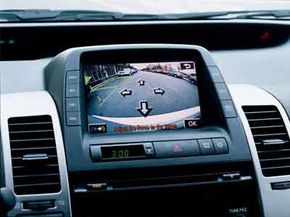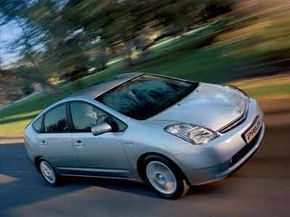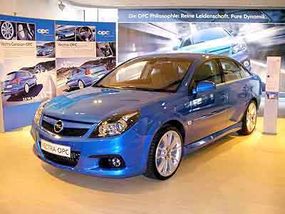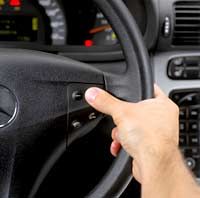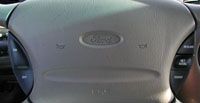Parallel parking is an ordeal for many drivers, but with parking space limited in big cities, squeezing your car into a tiny space is a vital skill. It's seldom an easy task, and it can lead to traffic tie-ups, frazzled nerves and bent fenders. Fortunately, technology has an answer - cars that park themselves. Imagine finding the perfect parking spot, but instead of struggling to maneuver your car back and forth, you simply press a button, sit back, and relax. The same technology used in self-parking cars can be used for collision avoidance systems and ultimately, self-driving cars.
Advertisement
Automakers are starting to market self-parking cars because they sense a consumer demand. Parallel parking is often the most feared part of the driver's test, and it's something almost everyone has to do at some point. People who live in big cities may have to do it every day. Removing the difficulty, stress and uncertainty of this chore is very appealing.
Self-parking cars can also help to solve some of the parking and traffic problems in dense urban areas. Sometimes parking a car in a space is restricted by the driver's skill at parallel parking. A self-parking car can fit into smaller spaces than most drivers can manage on their own. This makes it easier for people to find parking spaces, and allows the same number of cars to take up fewer spaces. When someone parallel parks, they often block a lane of traffic for at least a few seconds. If they have problems getting into the spot, this can last for several minutes and seriously disrupt traffic.
Finally, the difficulty of parallel parking leads to a lot of minor dents and scratches. Self-parking technology would prevent many of these mishaps. It can also save money, since you won't have to worry about insurance claims for parking-related damage.
Advertisement
